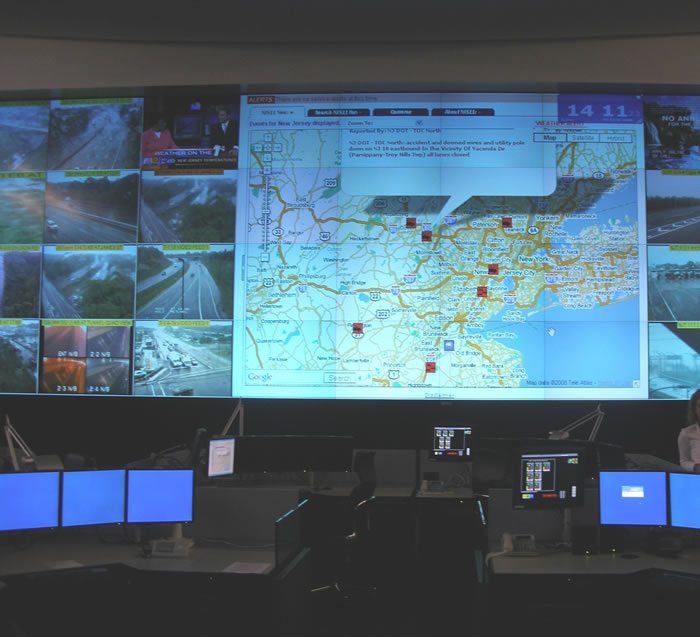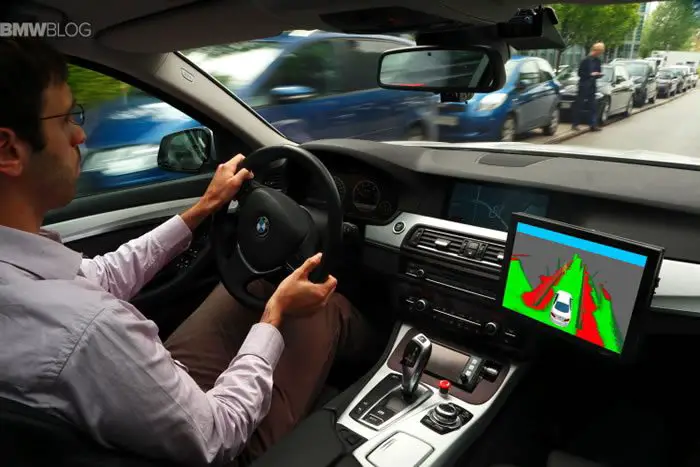Management of traffic flow in different parts of the world requires that Governments view the issues that arise in real time. Control can therefore be established only when the timings for traffic flow is altered to see the changes that this might bring, road incidents such as accidents are detected and confirmed early then, public safety resources are dispatched to the incident areas in time.
There should also be a system in place that monitors the flow of traffic especially in the congested urban areas so that appropriate measures can be put in place to prevent problem from aggravating.
The most commonly used traffic management systems at the moment are traffic signals though advancement in technology has ensured that better systems are used.
Traffic signals are often placed in strategic areas of the roads such as on road intersections and pedestrian crossing areas to prevent competing drivers and drivers versus pedestrians. Traffic signals can either be traffic lights, traffic lamps or robots.
The first ever traffic lights were installed in London in 1868 but were short-lived after an explosion. However, in the 1890’s, a successful installation of automatic electric traffic lights was made in the United States.
The thing with street signals especially the traffic lights is that they have a universal color code thus countries are not able to adjust them to suit their needs.
The colors used are the red which prohibits movement of traffic, the green light indicates that traffic can move but only to a specific direction while yellow light can be an indicator of the lights either changing from red to green or vice versa or in some countries traffic being allowed to move in a certain direction.
What are the different types of Traffic Lights?
There is a different array of traffic lights that can be found along the roads in different countries these include:
The single aspect traffic lights which is mostly used for warning of impending danger ahead. This type of traffic light can flash red as a stop signal, yellow to indicate danger ahead and green to indicate permission for vehicles to proceed ahead, make a left turn or pedestrian walk. This varies depending with countries.

The two aspects traffic lights mostly found on road intersections, near fire stations or railway crossings. Its yellow flash allows movement of traffic while red is for stop. Green in this case indicates that driver’s one driver per lane.
There are also three or more aspects used in some countries.
Technological advancement has seen these systems for traffic management improve even further to cater for the needs of all road users. In some countries traffic signals come with additional advantages such as sounds or timers.
Although the standard colors are red green and yellow, some countries have orange in place of yellow or blue/white like in China to indicate cross with caution.
Countries which have different lanes for public and private vehicle users to have varied options in street lighting. You will find that most public sections use letters, arrows or even white lights.
The Sales person for MetroCount in Australia Louis van Senden, noted that tube counters are a staple of any traffic survey network due to simplicity of installation and incredible accuracy. Permanent sites have been recent developments that continue to grow with evolving needs.
Software Technologies
There are currently different software’s that policy makers and road users can use while on road. This is not just to ease traffic congestion but also to prevent accidents from occurring.
Types of software used in Traffic management systems include Database management software used in collecting traffic flow information. Real time view software specifically created for use by traffic officers so that they can be able to view, record and print vehicle motion and number plate. Web software for viewing road data, Communication software and the common database software which allow operators to interact with other transport systems.
These types of software can be applied in the following areas
Traffic signal control
Urban areas need to have an aerial connection which helps increase mobility and safety. Traffic signal control can either be hybrid or distributed control connected to the central control software so that all the regions connected to this specific analysis system can be easily monitored.
Traffic signal controllers work in such a way that the field controllers placed in different regions of the country send signals to the main communication hub in that particular region before they are redirected to the central monitor.
Central Traffic Management Center
This system allows the staff to see videos of what is happening on the roads and congestion data. That way, the relevant road policy makers can be advised accordingly on which sections of traffic signals they can alter when it come to timing to either hold the traffic for longer to ease a certain area or release vehicle earlier.
The central traffic management center also allows emergency response vehicles to be dispatched earlier unlike the traditional methods.
The form of software used in this system alerts travelers on the choke points to avoid in advance. It also allows the exchange of data between users so long as they are connected to the central traffic management center.
Traveler Information Dissemination
The software used in this system will allow travelers to get information on what is happening on the roads from the comfort of their cars. That way they can be able to avoid congested area.
Some of the information that travelers will be able to get include alteration of routes, direction to take, warnings and speed.
Software used in traffic management can be used for: Speed monitoring and control, Congestion detection, automated warnings, ramp meter monitoring and control, traffic cameral monitoring, vehicle detection, incident tracking and integrated mapping.
According to Ron Edwards of Speedar Limited in the UK, Educating drivers as to the consequence of their actions will become an increasing priority together with the need for monitoring equipment to be operated remotely to remove operators from roadside danger.
